Kiyoharu: A 39-Year Legacy of Reinvention and Rock ‘n’ Roll
Kiyoharu Mori, more widely known simply as Kiyoharu, is one of the most enduring and iconic figures in Japanese rock. For nearly four decades, his music has consistently evolved, navigating the ever-changing landscape of rock and visual kei with fearless reinvention. From his beginnings in the underground scene of Nagoya to fronting influential bands like Kuroyume and SADS, and ultimately forging a rich solo career, Kiyoharu’s impact on Japanese music is as profound as it is personal. His distinctive vocals, often marked by an expressive vibrato and emotional depth, have become synonymous with his name and legacy.
Throughout his 39-year career, Kiyoharu has embraced change as a creative force rather than a challenge. Each phase of his musical journey has reflected a different side of his personality and artistic ambitions. What remains consistent is his unwavering commitment to authenticity—whether channeled through the gritty melancholy of Kuroyume, the raw energy of SADS, or the introspective and genre-defying scope of his solo works.
The Rise of Kuroyume (1991–1999, intermittent reunions)
Kiyoharu’s major breakthrough came in 1991 with the formation of Kuroyume, a band that would go on to become one of the foundational acts of the visual kei and Nagoya kei subgenres. Alongside bassist Hitoki, Kiyoharu set out to create music that was darker and more emotionally charged than the mainstream rock emerging in Japan at the time. Their early work featured strong gothic influences, moody aesthetics, and lyrics steeped in themes of alienation, love, and existential angst. Kuroyume quickly rose to prominence, standing apart from other acts with their raw lyricism and ever-evolving sound.
As their popularity grew, Kuroyume began to move away from their early gothic rock roots, adopting a more punk-influenced, aggressive sound that reached a broader audience. Albums like Feminism and Fake Star climbed the Oricon charts, and their stylistic shifts mirrored Kiyoharu’s own evolving sensibilities. Despite their success, internal tensions began to surface. By the end of the 1990s, Kuroyume was facing the mounting pressures of fame, industry constraints, and artistic differences. The band suspended activities in 1999, following the release of their final studio album before hiatus, Corkscrew. Their departure left a void in the scene but solidified their status as pioneers who had reshaped the sound and look of Japanese rock.
SADS and the Turn to Punk (1999–2003, 2010–2018)
Following the dissolution of Kuroyume, Kiyoharu wasted no time in launching a new project that would once again reinvent his musical persona. In 1999, he formed SADS, a band that reflected a stripped-down, visceral approach to rock. With SADS, Kiyoharu leaned into punk and garage rock influences, turning away from the melancholic poetry of Kuroyume in favor of louder, faster, and more abrasive sounds. Their debut album, Sad Blood Rock ‘n’ Roll, captured this energy, setting the tone for a band that reveled in chaos and catharsis.
SADS gained traction quickly, but the band faced significant hurdles, including financial mismanagement that left Kiyoharu personally burdened with debt. Rather than fold, he took matters into his own hands by founding Fullface Records, an independent label that allowed him greater control over his music and career. Under this banner, SADS released multiple albums, including Babylon and The Rose God Gave Me, each showcasing a maturing sound that blended grit with melodic sophistication. Despite the creative momentum, the band went on hiatus in 2003 after a series of lineup changes and internal re-evaluations of their direction.
In 2010, Kiyoharu resurrected SADS with an entirely new lineup, featuring guitarist K-A-Z and drummer Go. This incarnation of the band leaned heavily into hard rock and metal influences, expanding their sound to accommodate a heavier, more aggressive edge. Albums such as The 7 Deadly Sins and Erosion reflected Kiyoharu’s continued willingness to explore the darker corners of his musical psyche. The reformed SADS enjoyed a productive run, drawing both long-time fans and new listeners. They remained active until 2018, after which Kiyoharu decided to close this chapter for good and focus on his solo work.
The Evolution of a Solo Artist (2003–Present)
Kiyoharu’s solo career, which began in 2003, marked a shift toward introspection and artistic autonomy. No longer bound by the aesthetic expectations of visual kei or the constraints of a band format, he ventured into a broader palette of genres. His solo music often features a blend of alternative rock, glam, blues, and acoustic elements, showcasing his deepening emotional range and compositional skill. Albums like Forever Love and Vinnybeach -Kakuu no Kaigan- are rich with melodic nuance and lyrical maturity, signaling a man who had grown both personally and artistically.
Throughout his solo years, Kiyoharu has been unafraid to experiment. His 2008 twin albums Light -Saw the Light and Shade- and Shade -Saw the Light and Shade- featured both new material and reimagined versions of his past work, offering a retrospective filtered through the lens of wisdom and experience. This willingness to revisit his roots while continuing to forge ahead has become a hallmark of his solo output. Whether performing stripped-down acoustic sets or full-band electric shows, Kiyoharu consistently connects with his audience on a deeply personal level.
His ventures outside music have also reinforced his image as a multifaceted artist. From launching his own fashion brand, MOONAGE DEVILMENT, to mentoring up-and-coming musicians, Kiyoharu has continued to influence the broader culture surrounding Japanese rock. His collaborations with artists like SUGIZO, participation in tribute albums, and appearances at high-profile festivals all speak to his enduring relevance in the scene.
Despite his solo focus, Kiyoharu has never completely turned his back on his past. Kuroyume reunited for various projects starting in 2010, including the release of new material and tribute events. These reunions served not only as a nostalgic callback for fans but also as a reaffirmation of the band’s lasting influence. The emotional weight of these returns—particularly those prompted by the loss of friends and collaborators—added a new layer of depth to the band’s legacy. Most recently, Kuroyume appeared in 2025 at the Tokyo Garden Theater, performing as part of a large-scale benefit for earthquake recovery efforts, once again blending purpose with performance.
In 2023, Kiyoharu released Eternal, his eleventh solo album and first in four years. The album, preceded by digital singles like “GAIA” and “Regret,” reaffirmed his continued relevance and creative vitality. While the music industry around him continues to shift with new technologies and fleeting trends, Kiyoharu remains a steadfast figure—always evolving, always true to himself.
The 57th Birthday
Kiyoharu’s 39-year career is a testament to the power of reinvention and the enduring appeal of authenticity. From the introspective shadows of Kuroyume to the fiery rebellion of SADS, and finally to the soulful introspection of his solo work, he has never stopped moving forward. His legacy is not only found in his extensive discography but in the generations of artists he has influenced and the deep connection he maintains with his audience. In a world that often demands compromise, Kiyoharu has chosen conviction—and in doing so, has become one of the most respected and resilient voices in Japanese rock.
Albums
Poetry (2004.04.07)
Mellow (2005.03.30)
Kannou Boogie (官能ブギー, (2005.12.07)
Vinnybeach: Kakū no Kaigan (VINNYBEACH 〜架空の海岸〜 (2006.07.12)
Forever Love (2007.11.14)
Light: Saw the Light & Shade (2008.09.10)
Shade: Saw the Light & Shade (10 September 2008.09.10)
Madrigal of Decadence (2009.07.29)
Under the Sun (2012.11.07)
Soloist (2016.03.30)
Elegy (エレジー (2017.12.13)
Yoru, Carmen no Shishuu (夜、カルメンの詩集 (2018.02.28)
Japanese Menu/Distortion 10 (2020.03.25)
Eternal (2024.03.20)
Official Links
Official Site
X
MARDIGRAS
Instagram
BABYLON on X
BABYLON on Instagram
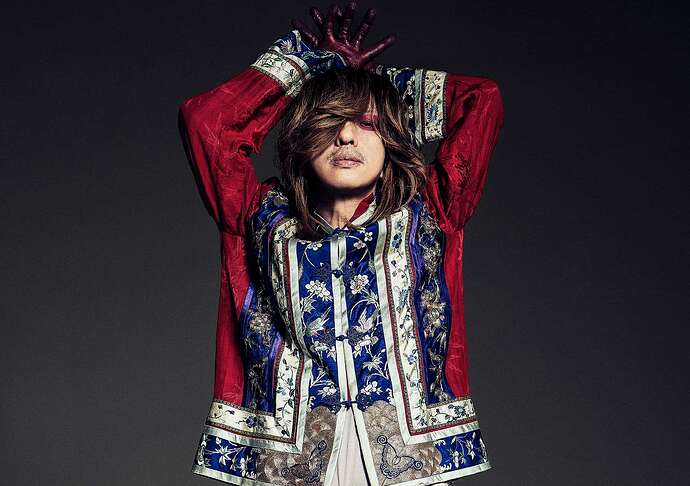
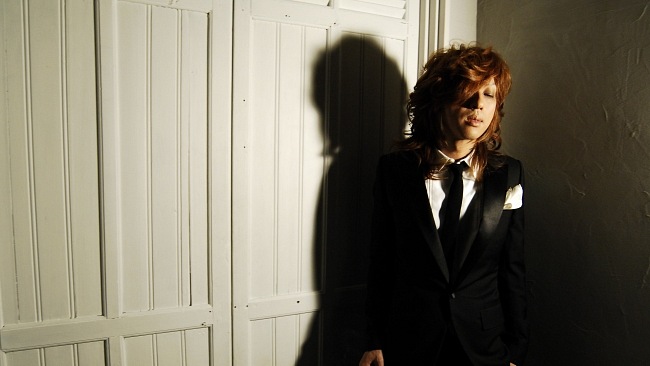
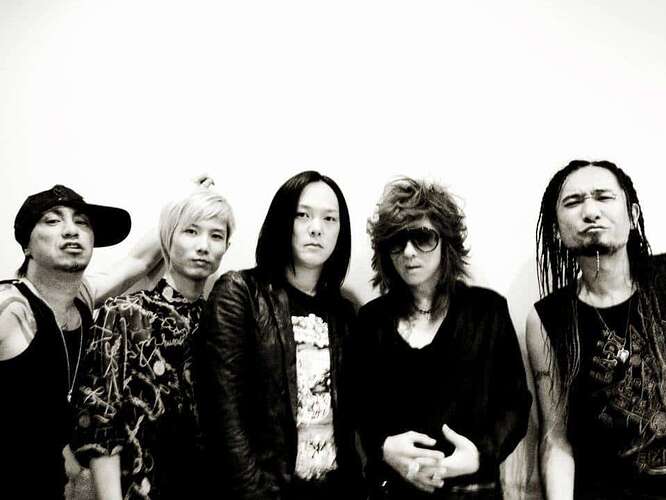
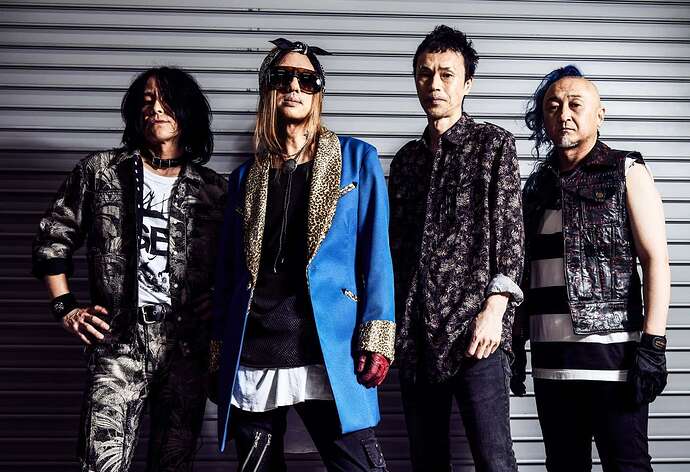
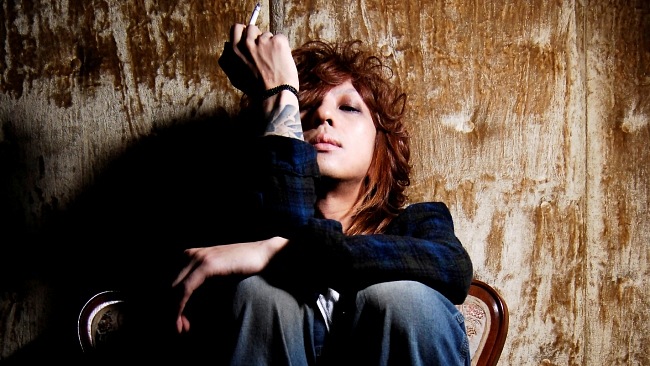
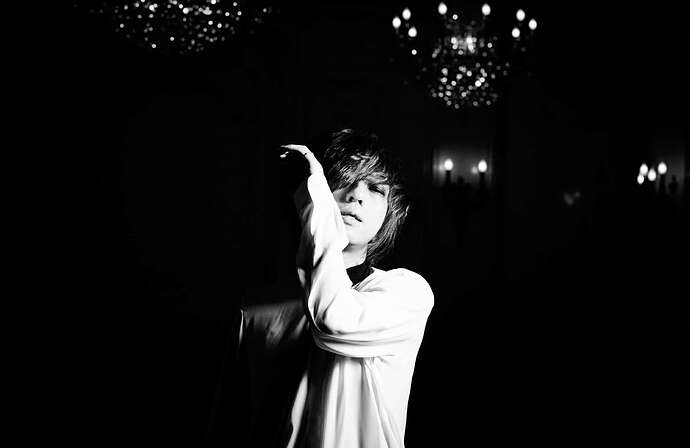

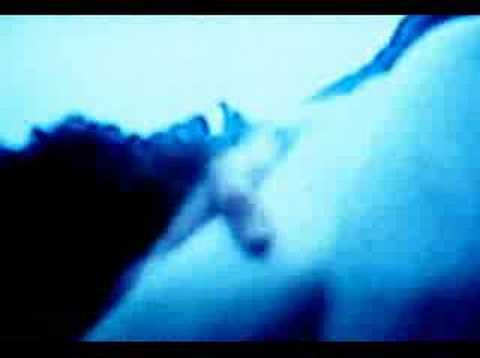
![戮-cover MV- / 「VOICE feat. 清春」(SUGIZO [ONENESS M]cover)](https://cdn.jrockone.com/uploads/default/original/3X/e/3/e3b8b4d9ae56a70d9a92a56842cf53516bcc5f30.jpeg)